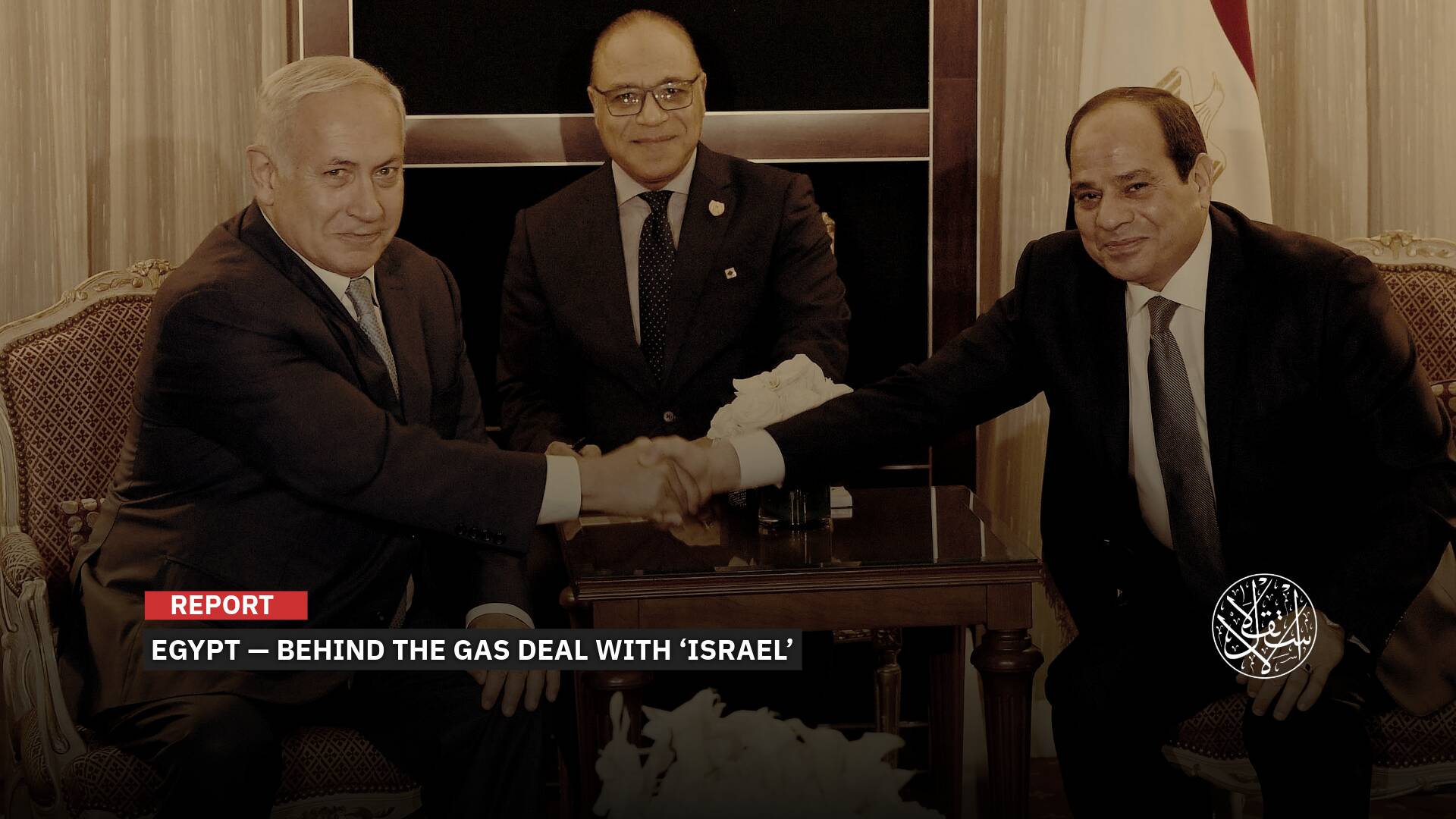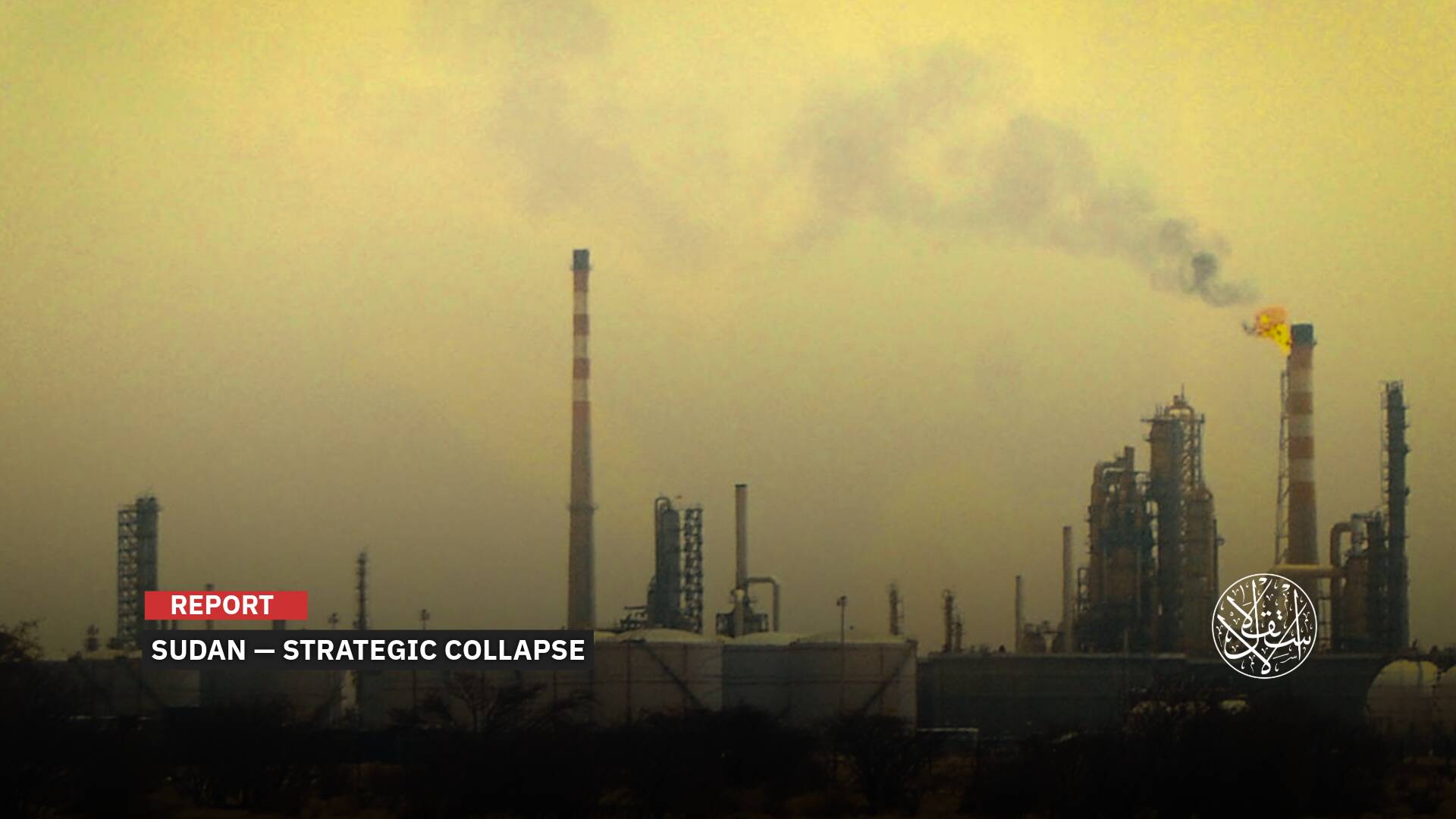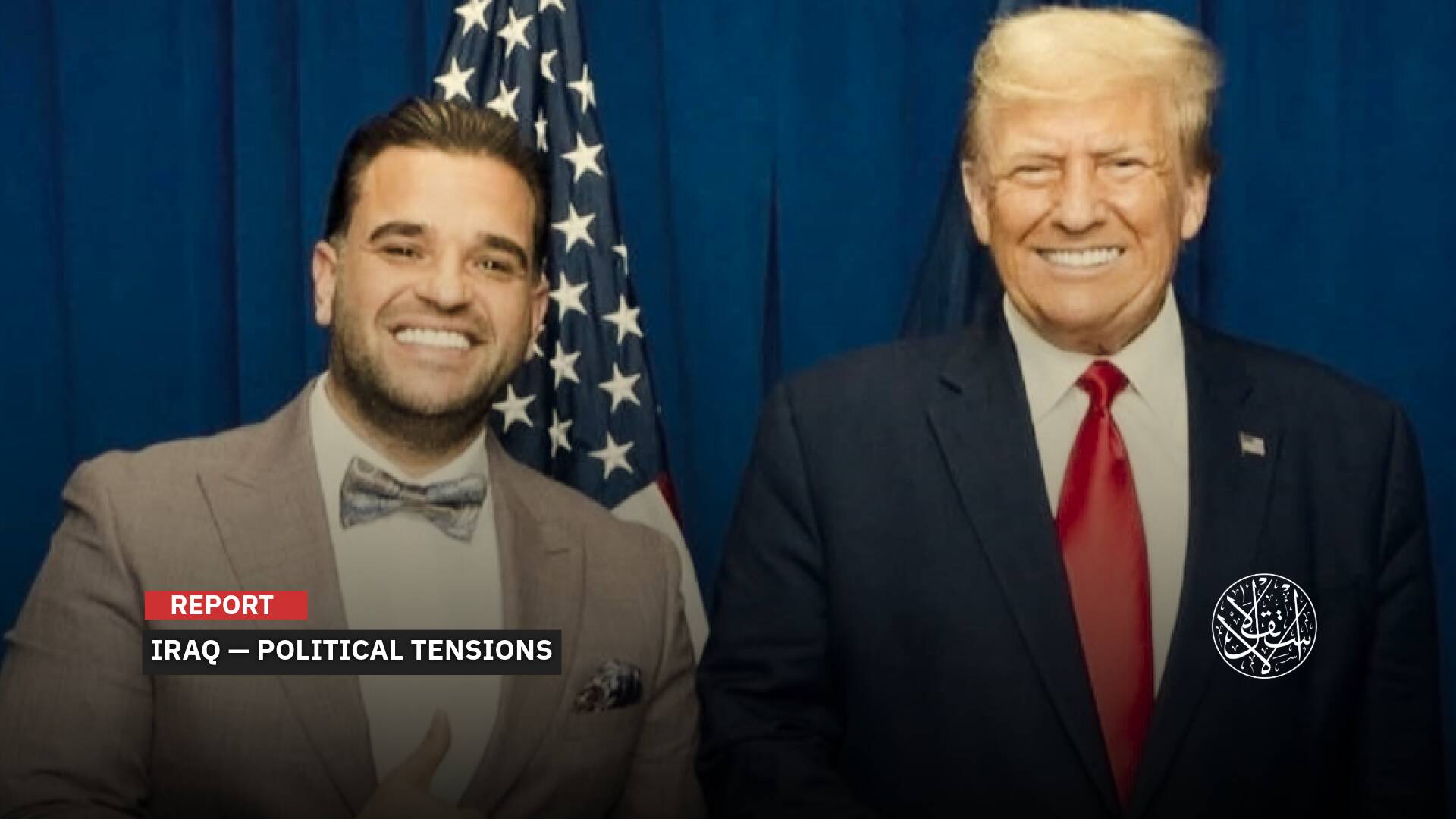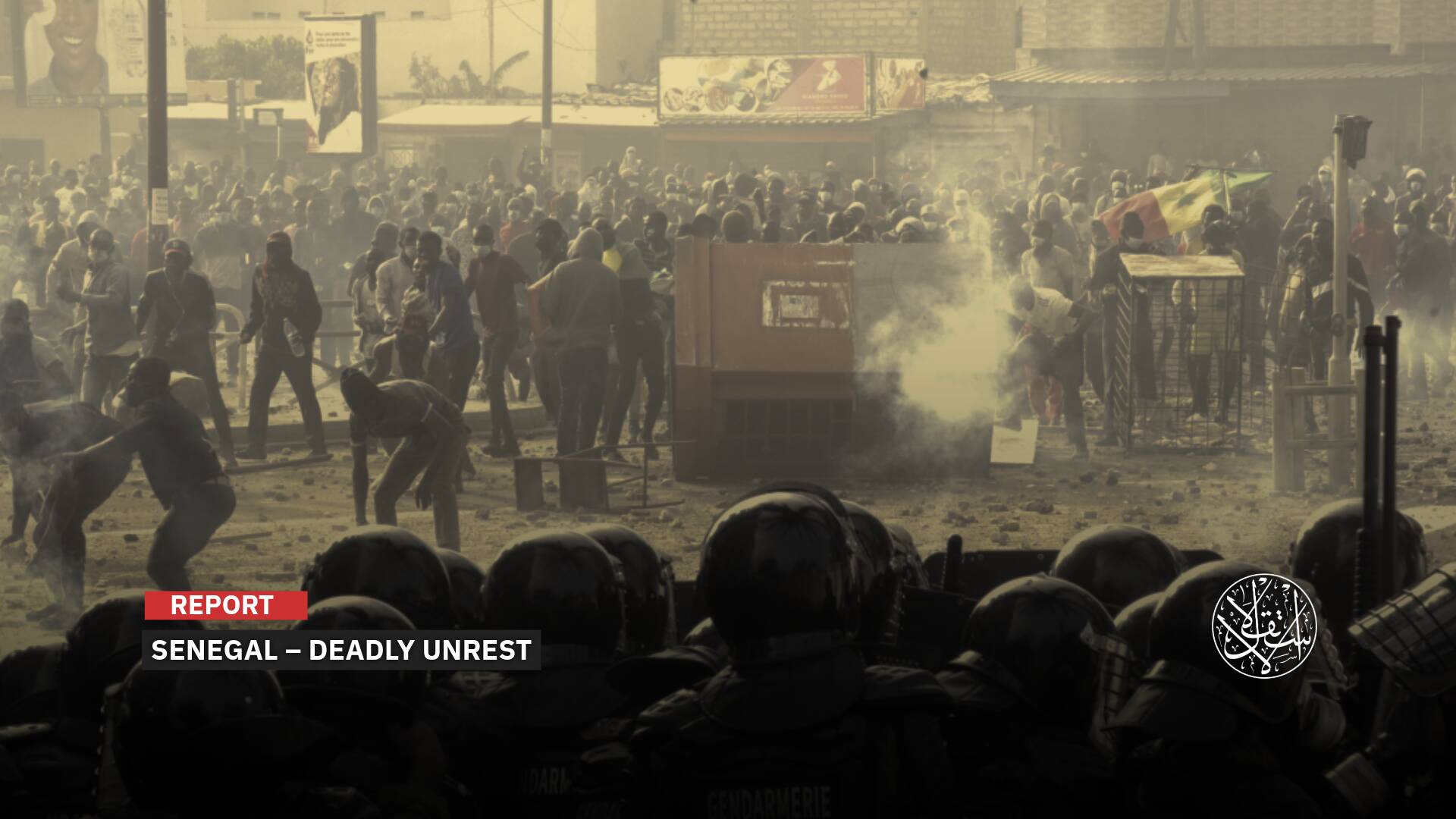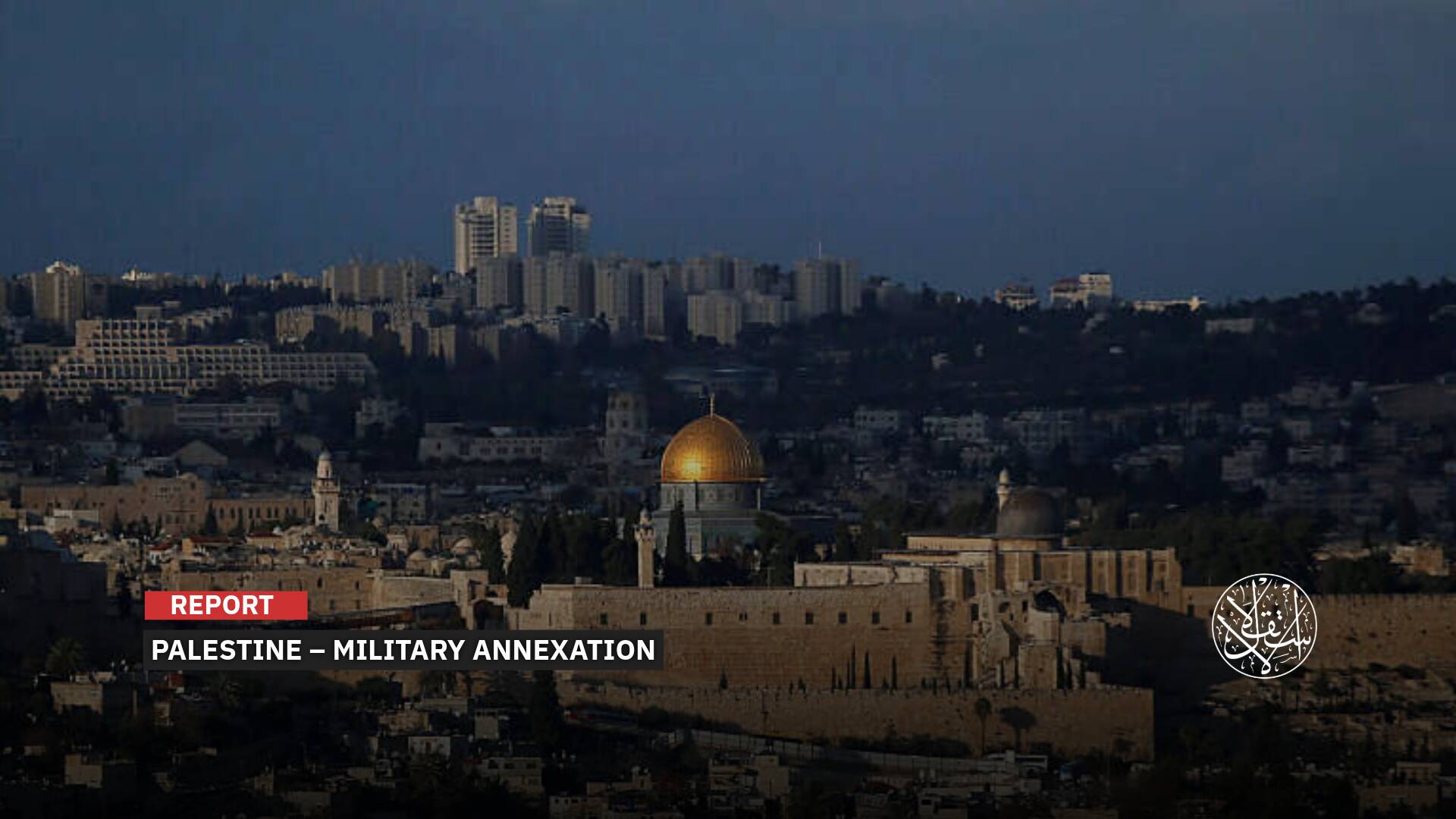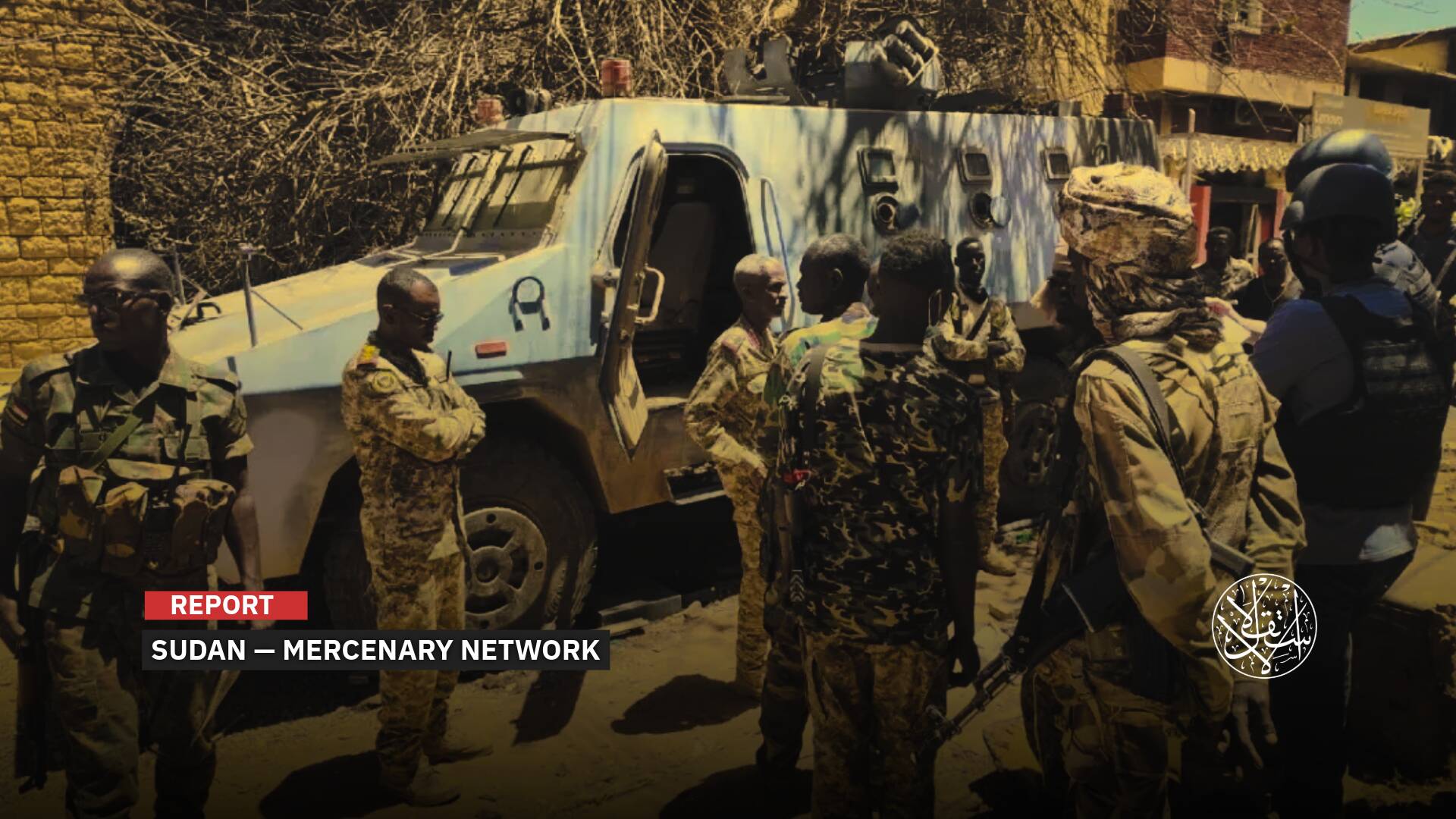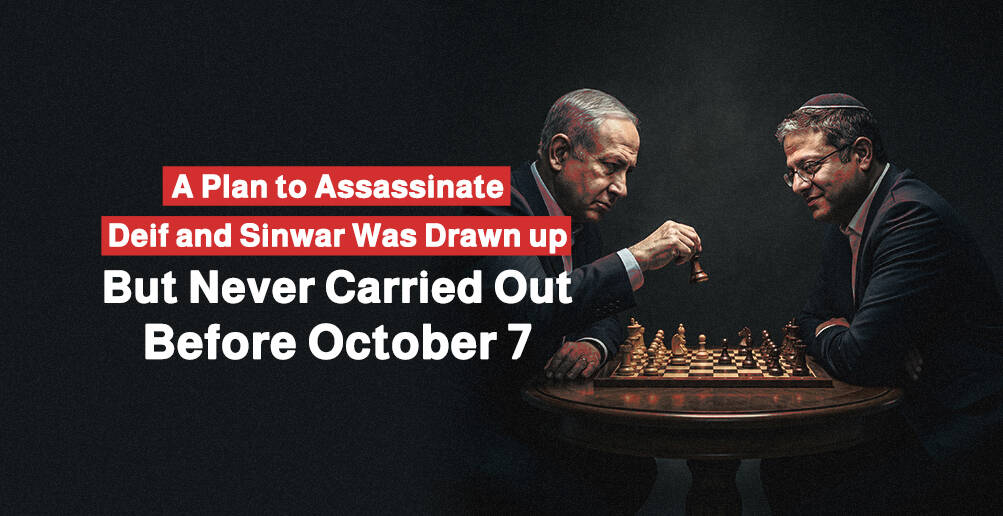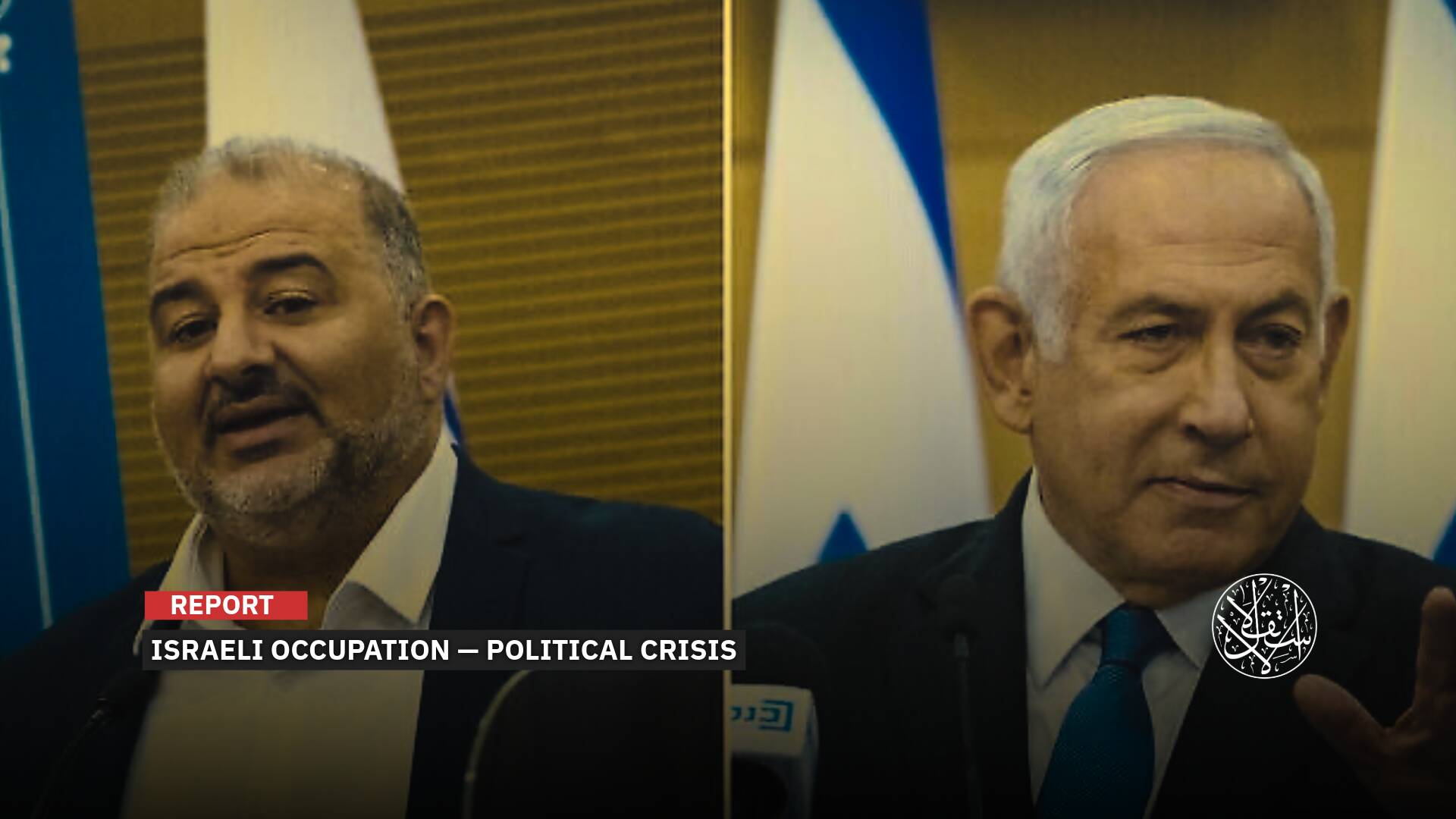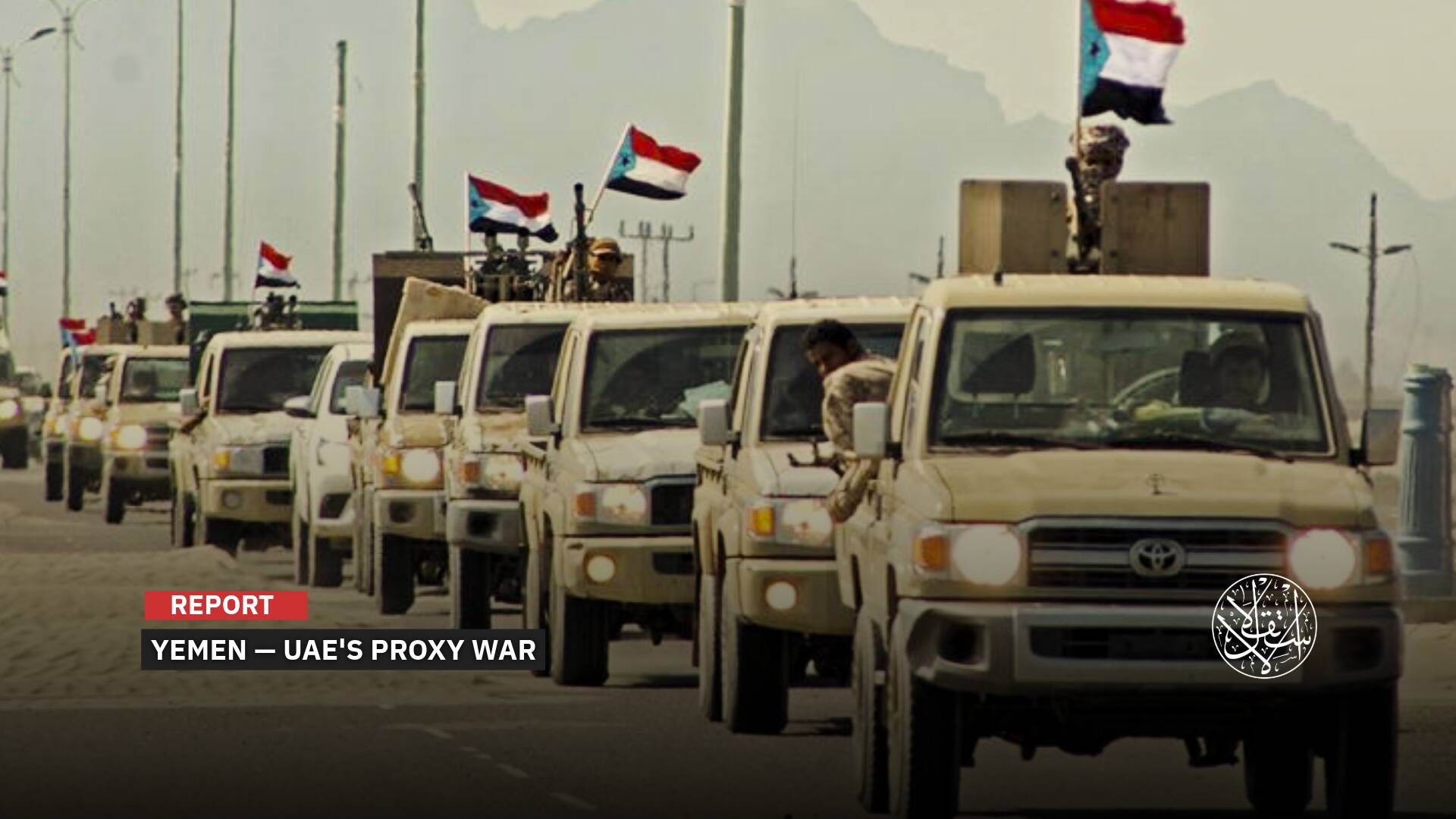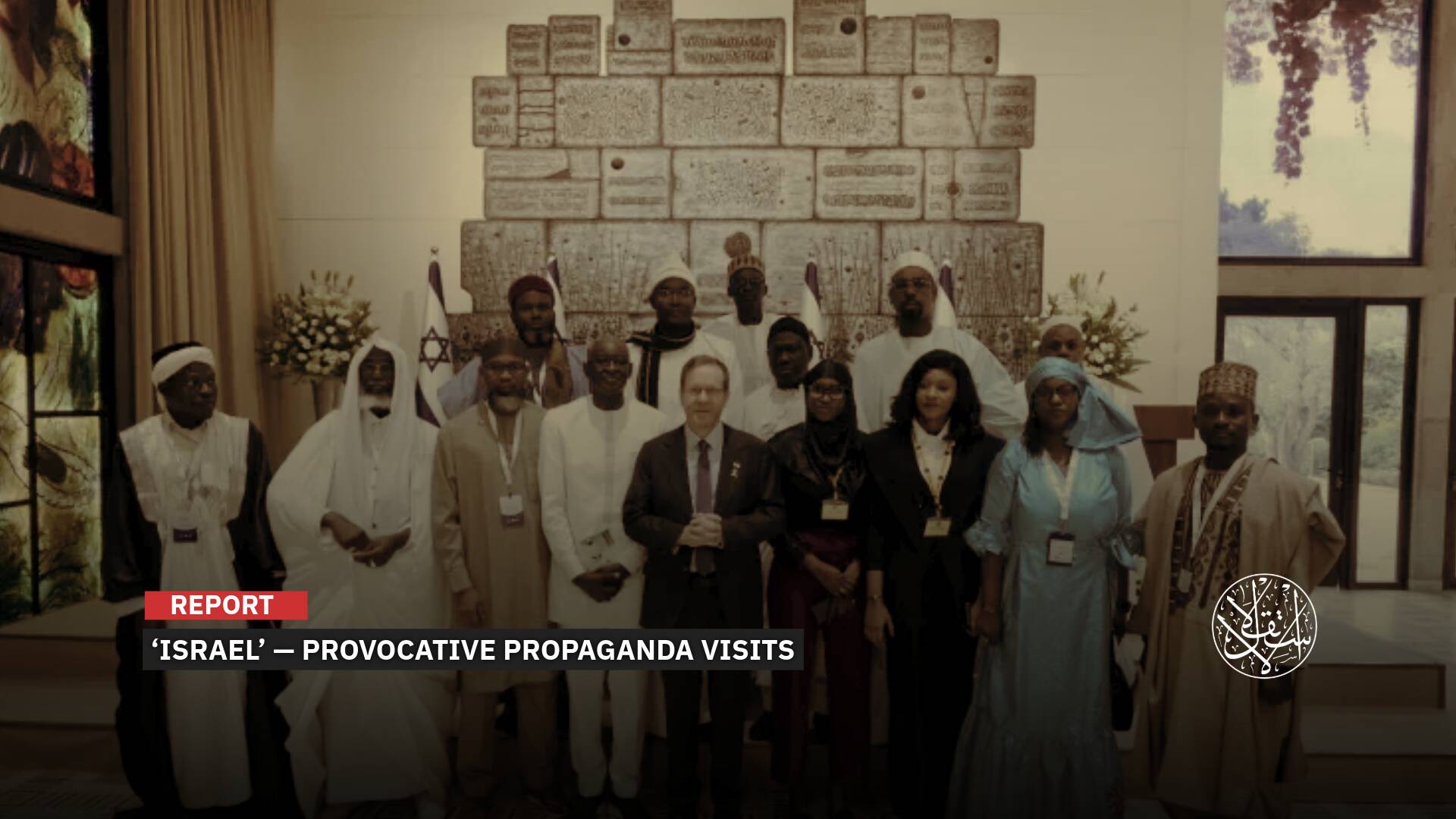Sinai’s ‘Wagner’: Armed Militia Formed by Sisi Raises Concerns Among Egyptians

On the same day of the Russian mercenaries’ rebellion against President Vladimir Putin’s regime on June 24, 2023, armed tribesmen in Sinai, who were armed and trained by the Egyptian army, released a controversial video showcasing their transformation into an unofficial quasi-military force.
The video was later deleted from the official pages of the Sinai tribes’ union after causing a stir, and Egyptians responded by describing these militants as “Wagner of Sinai.”
Despite this, the video footage shared by the tribal militants, who are loyal to the army, displaying their strength and armament, still exists on pages affiliated with the tribes, causing public uproar and concern.
Activists express concern over the possibility of a situation similar to what occurred in Russia and Sudan between Army Commander Abdel Fattah al-Burhan and his deputy Mohamed Hamdan Dagalo, also known as Hemedti, the leader of the Rapid Support Forces.
Despite the declaration of the so-called “war on terrorism” coming to an end, persistent armed tribal groups in Sinai have caught attention. This situation raises inquiries into the factors driving their ongoing presence and the potential risks they pose to the governing authority that established them.
Some have described these militias, formed by businessman Ibrahim Arjani, who oversees the military’s business interests in the peninsula, as the “Egyptian Wagner,” “Wagner of Sinai,” or “Hemedti of Sinai.”
Cloning the Model
Following its failure to eliminate the "ISlamic Satte – Sinai Province," the Egyptian regime turned toward reproducing and cloning the infamous Iraqi tribal Sahwa (Awakening) model. This model was established by the American occupation to assist in combating Sunni resistance and the “Islamic State” there.
The Sinai Foundation for Human Rights confirmed that the army gradually allowed the formation of armed groups loyal to it starting in 2017. However, the qualitative shift occurred after July 2020.
During this time, the army, after hesitation, trained these groups in its camps on a regular basis, allowing them to operate in coordination with airstrikes and artillery support as part of security operations against the “Islamic State.”
The foundation’s report on these armed groups indicated that the major leap occurred in mid-2021 following a request from military intelligence, specifically the Tribal Affairs Office, to tribal leaders of the Sawarka, Tarabin, and Rumeilat tribes to form armed groups.
It highlighted that they were funded by businessmen affiliated with these tribes and trained at military facilities in Arish and Bir al-Abd.
The phenomenon of “collaborators” with the army began unofficially in 2015, but the Wagner-like counterpart emerged officially in April 2017 when the army recruited approximately 250 young men from loyal tribes and armed them to combat militants of the “Islamic State – Sinai Province.”
They were given names such as “Sahawat,” “Death Squads,” and “Tarabin Tribe Army” by the people of Sinai because most of them belong to the Tarabin tribe, which is targeted by the “Islamic State,” and eventually earned the nickname “Wagner.”
The phenomenon of “collaborators” emerged in 2015 when the Tarabin tribe declared “popular resistance” against the “Islamic State – Sinai Province,” which had killed some of their members. However, objections were raised due to concerns about the formation of armed groups outside the framework of the army.
The collaborators enjoyed privileges, including cultivating drugs without interference from the army and police, and they expanded their activities.
It was rumored that they offered bribes to military and authority leaders to turn a blind eye under the pretext that they were assisting the state, as confirmed by a Sinai source to Al-Estiklal.

At that time, political forces and government-affiliated media outlets rejected the army’s reliance on tribal men in combat, warning that it could completely change the nature of Sinai and remove it from the control of the army, in addition to being an indication of the absence of the state.
During his program 25-30 on ONTV channel in April 2015, the TV personality close to the authorities, Ibrahim Issa, criticized the announcement made by the Tarabin tribe in Sinai regarding their declaration of armed popular resistance, saying this was a play.
However, due to the increasing rates of attacks on army and police personnel, the regime turned in 2015 to forming “Group 103,” or what they called the “Death Squad.” It consisted of dozens of young men from collaborating tribes.
Initially, their mission was to assist the army in its military operations in the cities of Sheikh Zuweid and Rafah, and they played a prominent role in the extrajudicial killings of several detainees, as revealed in leaked footage by the opposition channel Mekameleen in April 2017.
Knights of al-Haytham
Egypt has not been familiar with militias, parallel armies, or rogue armed movements, which is why the video announcing armed militias in Sinai loyal to the authorities under the pretext of combating the “Islamic State” sparked controversy among Egyptians.
After tribal militants broadcast a video of a military parade with weapons on June 24, 2023, Egyptians questioned the name of this group due to the proliferation of names for armed groups or those appearing in different attire and forms.
Websites affiliated with armed tribes claimed they were called the “Knights of al-Haytham” and shared videos of them taking an oath in front of an unknown person delivering a speech—believed to be from Egyptian military intelligence—describing them as “Sons of Ibrahim Arjani.”
Ibrahim Arjani, who was a smuggler during Mubarak’s regime and was imprisoned for this reason, became a big mystery when he turned into a businessman during Sisi’s era, managing the military’s business and overseeing many files with military intelligence.
Arjani formed and funded forces consisting of tribal members, whom the army trained and armed to fight the “Sinai Province” group affiliated with the “Islamic State.” He also played the role of an Egyptian “Gaza contractor” as the face of military companies.

Iman Mohamed Gad el-Haq, the director of the documentation unit at the Sinai Foundation for Human Rights, and journalist Abdelsatar Heteita confirmed to the American Alhurra website on June 26, 2023, that the group appearing in the video is called the “Knights of al-Haytham.”
They confirmed that it is an “elite group affiliated with the Sinai Tribes Union,” resembling members of special operations, but the exact number is unknown.
Despite a full year passing since the elimination of the Islamic State in Sinai, tribal groups in the region continue to carry weapons, including heavy weaponry and anti-tank missiles.
They possess armored vehicles and drones used for surveillance. The lingering question is why these armed groups persist, expand, and release promotional videos showcasing their armament, despite the Egyptian authorities declaring the end of terrorism in Sinai.
Could these groups evolve over time, growing in strength and armament to resemble forces like Wagner or other paramilitary groups in Egypt? Especially considering that Arjani and his colleague Lafi had previously fought against the Egyptian police in 2009 with weapons.
During the celebration of Police Day on January 24, 2023, Egyptian President Abdel Fattah el-Sisi declared in a speech that Egypt had become free of terrorism after ten years of fighting it, stating: “Regarding terrorism, we have succeeded to a great extent in eliminating it.”
He announced plans for a grand celebration in Sheikh Zuweid, located in central northern Sinai, to mark the eradication of terrorism. However, this celebration has not taken place yet.
Nevertheless, the Islamic State has grown closer to the Suez Canal and resumed targeting Sisi’s forces.
The organization carried out attacks in January and May 2022 in areas located 15 and 25 kilometers away from the Suez Canal. They launched even closer attacks on August 11, 2022, at a mere 5-kilometer distance from the navigational channel, posing a challenge to the military and the Sisi regime.
The most recent attack near the Suez Canal occurred on December 31, 2022, when the organization claimed responsibility for an assault on a security checkpoint in Ismailia using machine guns.
The attack resulted in the death of three soldiers and the injury of 12 others, including an officer.
The Crimes of ‘Egypt’s Wagner’
Since the inception of these tribal groups fighting alongside the army, local and international human rights organizations have documented severe violations committed by these elements against civilians in Sinai, with the knowledge of army and intelligence leaders.
One of the most notable crimes was captured in the infamous Sinai Leaks footage, broadcasted by the Egyptian opposition channel Mekameleen in April 2017, which shows the extrajudicial killing of detainees in Sinai, including a child, by a group consisting of Egyptian army forces and militias.
According to the footage, after executing the detainees, the soldiers proceeded to place weapons next to the bodies and film them, before retrieving the weapons once again.
On April 21, 2017, Human Rights Watch called for an international investigation into the violations committed by the Egyptian army and Bedouin militants in the Sinai Peninsula, estimating that some of the violations “could amount to war crimes and crimes against humanity.
The organization’s report included strongly-worded recommendations against the Egyptian government and urged Western countries to halt military and security aid, as well as monitor the Egyptian authorities’ use of weapons supplied by those countries.
On June 25, 2023, the Sinai Foundation for Human Rights called on the Egyptian government to immediately dismantle the armed tribal militias in Sinai, particularly after the conclusion of counter-terrorism operations. It also called for an end to the recruitment of children within these groups.
According to Human Rights Watch, the army has occasionally distributed “unofficial” leaflets in towns in northern Sinai, distancing the armed forces from one or more elements of the militias.
The leaflets stated that the army would hold them accountable; however, Human Rights Watch stated that it found no evidence of the militias’ members being held accountable.
Iman Mohamed Gad el-Haq told the Alhurra website that violations have occurred by members of these militias, resulting in the unjust demolition of civilian homes.
They have also arrested innocent individuals or confiscated properties of some residents, and there have been no investigations into these violations, and there are still innocent detainees in prison without any charges due to these militias, according to Gad el-Haq.
The Sinai Foundation for Human Rights warns that the absence of screening and accountability for these militias may give rise to a monster or beast that could assume various roles in the future.
One resident of Arish questions why the military parade of these armed forces, the “Knights of al-Haytham,” heavily armed, took place just a few days after thousands of Egyptians protested, facing threats of eviction from their homes in Sinai due to the expansion of the Port of Arish.
The residents of northern Sinai bear the brunt of the campaign that lasted for eight years in the region between the army and the “Sinai Province” group, the local branch of the “Islamic State.” “We stood with the military, and now they are abandoning us.”
According to the Middle East Eye on February 18, 2023, thousands of Egyptians face the risk of displacement from their homes in the city of Arish due to the port expansion plans desired by President Sisi, who ignored their protests and insisted on the displacement. Consequently, they have been demonstrating on a daily basis.
The British website explained that residents and activists estimate that around 21,000 residents will be affected by the port expansion plans in Arish, while Member of Parliament for Arish, Rahmi Bekr, estimated the number to be around 4,000 people.
Analysts say that the displacement of thousands of Bedouins and local residents in Sinai has led to an increase in grievances and has pushed some of them to the edge of extremism, joining armed groups with the aim of seeking revenge against the regime.
Engaging tribes in fighting the insurgency has resulted in the creation of numerous problems, like the militias’ engagement in dirty roles such as killing, kidnapping, and torture, following the allegations leveled against the army after the leaks exposed widespread violations in Sinai.



